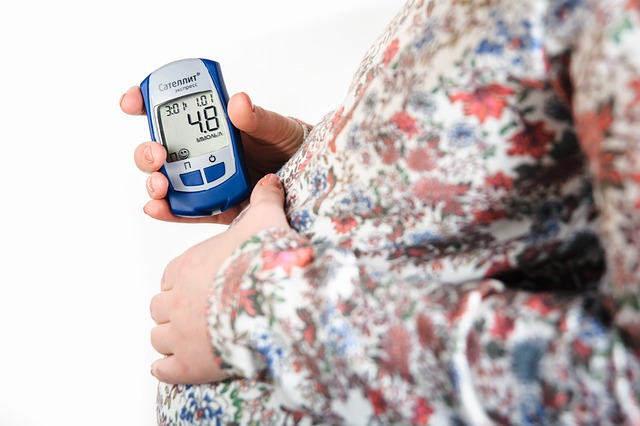Remember those days in health class when you first learned about the “birds and the bees”? It might feel like a lifetime ago, and some of those details have likely slipped your mind. But no worries—let’s revisit the basics of the female reproductive system and how conception takes place.
At the heart of female fertility is the egg, also known as an oocyte, ovum, or gamete. Interestingly, the human egg is one of the largest cells in a woman’s body; it’s about the size of a grain of sand and approximately 16 times larger than a sperm cell.
Women are born with a set number of eggs, typically around 1 to 2 million, which are developed while they are still in the womb. By the time a woman reaches menopause, usually in her early to mid-50s, only a few hundred eggs may remain. This makes age a significant factor in egg supply.
The Main Internal Reproductive Organs
The main internal reproductive organs include the vagina, uterus, Fallopian tubes, and ovaries. The vagina is a muscular tube that connects the opening to the uterus, which is shaped like an upside-down pear. The uterus is where a baby develops, with a thick lining that prepares each month for a potential pregnancy. If an egg is fertilized by sperm, it attaches to this lining, allowing for the growth of a baby. If not, the lining is shed during menstruation.
The Fallopian tubes connect the ovaries to the uterus and are responsible for transporting the eggs. Each month, an egg is released during ovulation and makes its way down one of the Fallopian tubes. Tiny hairs inside the tubes help guide the egg toward the uterus. If fertilization occurs, conception takes place; if not, the egg and unused lining exit the body.
The Role of the Endocrine System
The endocrine system plays a crucial role in reproduction. It consists of glands that release hormones into the bloodstream, influencing various bodily functions. The ovaries produce key hormones like estrogen and progesterone, which regulate the menstrual cycle and support pregnancy. The pituitary gland also contributes by releasing follicle-stimulating hormone (FSH) and luteinizing hormone (LH), both essential for the reproductive process.
For more insights on the journey to conception, you might find our article on Is the Artipoppe Zeitgeist Carrier Worth the $400 Price Tag? A Candid Review from One Mom quite engaging. If you’re looking for authoritative information on home insemination, check out the BabyMaker At Home Insemination Kit. Additionally, Healthline offers excellent resources about pregnancy and related topics.
In summary, understanding the female reproductive system is key to grasping how conception happens. With knowledge about eggs, hormones, and the reproductive organs, you can better navigate the journey of family-building.

